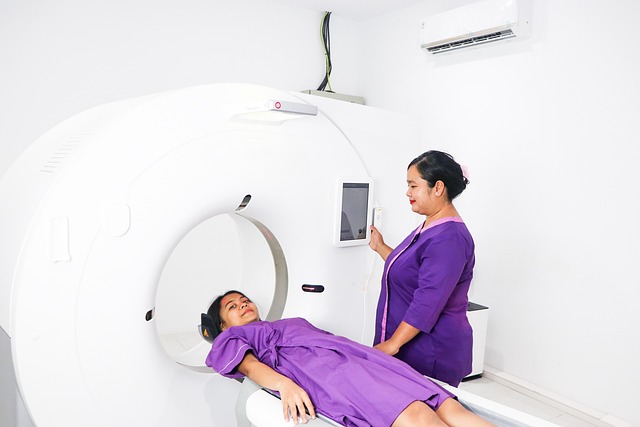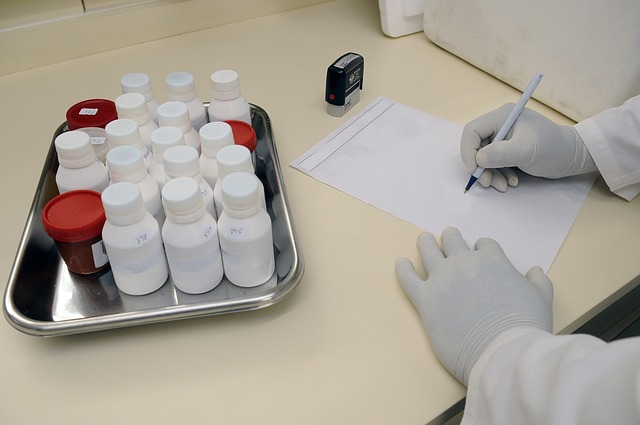Transforming Healthcare with AI-Based CT Analysis
The marriage of technology and healthcare is a profound partnership that has given rise to remarkable innovations, particularly in the field of diagnostics. One of the most groundbreaking advancements is the emergence of AI-based CT analysis. This revolutionary approach not only streamlines the diagnostic process but also enhances accuracy, ultimately leading to better patient outcomes.
Technological Innovations in Diagnostics
As we witness a tremendous leap in technological innovations, AI-based CT analysis stands out as a game-changer in the diagnostic arena. Traditional CT scans, which have long been an essential tool for detecting a range of medical conditions, can be labor-intensive and time-consuming. Radiologists traditionally sift through hundreds of images, a task that can be overwhelming and prone to human error. However, with the integration of artificial intelligence, this process is being transformed.
AI algorithms are now capable of analyzing CT images with a level of speed and precision that was previously unattainable. They can identify patterns and anomalies in the scans far quicker than the human eye, allowing for faster diagnoses. This innovation not only optimizes workflow but also alleviates the pressure on radiologists, enabling them to focus on more complex cases and patient interactions.
Health Innovations Through AI
Moreover, the implications of AI-based CT analysis are vast. For patients, this means quicker diagnoses and earlier treatment, significantly improving outcomes in critical cases like cancer, cardiovascular diseases, and trauma. The enhanced detection capabilities lead to more personalized treatment plans and better prognoses. This innovation is particularly crucial in emergency situations where every moment counts, as AI can swiftly analyze images to guide immediate medical decisions.
Healthcare providers also benefit immensely from implementing AI technologies. The integration of AI in diagnostic procedures not only enhances operational efficiency but also helps in managing costs. By minimizing the potential for misdiagnoses and the need for repeat scans, healthcare facilities can reallocate resources more effectively and ultimately provide a higher standard of care.
The Path Forward
As AI continues to evolve, the future of diagnostics looks promising. The healthcare industry is on the brink of a significant transformation, fueled by AI-based CT analysis and its potential to redefine how we understand and treat medical conditions. The blend of technological and health innovations heralds a new era in diagnostic excellence—one where patient care is prioritized, and outcomes are dramatically improved.
In embracing these advancements, we are not only witnessing a remarkable evolution in diagnostics but are also redefining the very fabric of healthcare itself, ensuring that innovation leads the way toward a healthier tomorrow.




